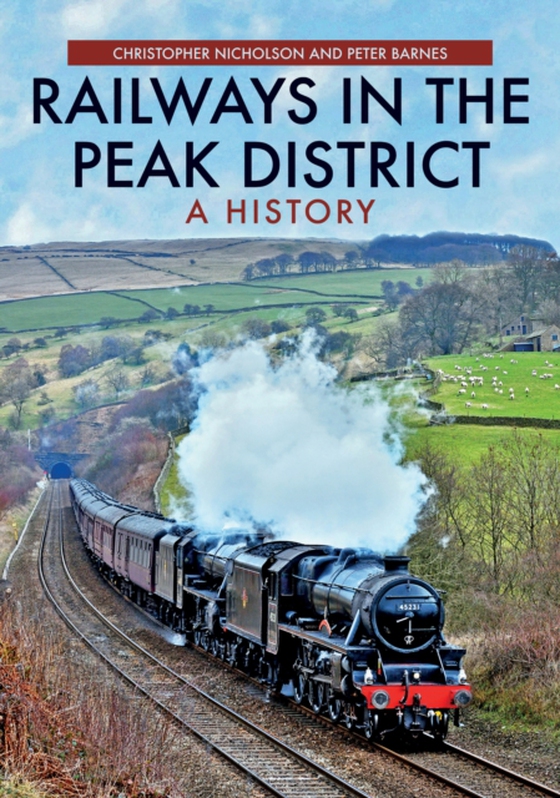
Railways in the Peak District e-bog
94,21 DKK
(inkl. moms 117,76 DKK)
The Peak District has always been a formidable barrier to transport links across it, particularly railways. The first crude horse-drawn tramways fed canals on its eastern and western flanks, but in 1830 - only five years after the Stockton & Darlington Railway opened - a standard gauge line climbed over the top of the Peak District and down the other side on fearsome inclines to connect canals ...
E-bog
94,21 DKK
Forlag
Amberley Publishing
Udgivet
15 januar 2020
Længde
96 sider
Genrer
1DDU-GB-EMZD
Sprog
English
Format
epub
Beskyttelse
LCP
ISBN
9781445693859
The Peak District has always been a formidable barrier to transport links across it, particularly railways. The first crude horse-drawn tramways fed canals on its eastern and western flanks, but in 1830 - only five years after the Stockton & Darlington Railway opened - a standard gauge line climbed over the top of the Peak District and down the other side on fearsome inclines to connect canals at Cromford and Whaley Bridge. Sheffield and Manchester were connected in 1845 by the first line across the Pennines through the notorious Woodhead Tunnel, followed by a gradual infilling of lines connecting Peak District towns and villages. Some of them became as famous as the Settle-Carlisle route, such were the engineering difficulties of driving a route through the limestone dales. The line between Dore and Chinley was the last main line in England to be driven across the Pennines in two huge tunnels. At its height the Peak District railway system encompassed a narrow gauge light railway for tourists, cable-hauled inclines to export limestone, seven of the UK's twenty longest railway tunnels, and Britain's first all-electric main line. The birth of British Railways in 1948 and the subsequent Beeching axe were the death knell for many of these unique railways. Today some of the tracks can still be followed on foot, bicycle or horseback thanks to the Peak District National Park and other leisure organisations. The historic tunnels, viaducts and stations on the most famous routes have been restored and reopened as long-distance footpaths and heritage lines - a renaissance to be enjoyed by today's tourists.
 Dansk
Dansk

